2025 – CHW
Hollyhocks in Sir William Caw’s garden.
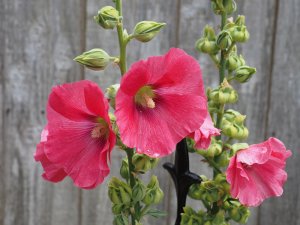
A visit to a now well-known garden near Bembridge.A fine crop of Ipomea.
The best bits of Ventnor.Fuchsia excorticata has died with reshooting from the main stem.
2022 – CHW
On the 10th July 2020 in this diary I photographed the various forms of Meliosma dilleniifolia and its subspecies to try to work out what the differences were. I ended up concluding that we had either been sold incorrectly named plants originally since most (but not all) of our plants of these subspecies looked the same. Today Jaimie and I visited Tregrehan to examine Tom Hudson’s collection of Meliosma species to try to progress our knowledge. We did and we didn’t! Even more queries and question marks at the end than at the start. In the meantime the IDS website has reclassified many Meliosma species again separating out the former subspecies of the dilleniifolia and making them species in their own right.
We first looked at Araucaria angustifolia from Brazil.
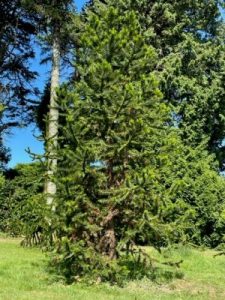
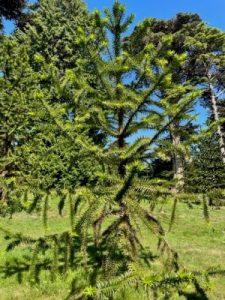
This is Maurice Foster’s wild collected Meliosma cuneifolia (MF97137) (a species in its own right now and not a sub species of M. dilleniifolia) planted at Tregrehan in 2001 it is a multi-stemmed shrub to about 15 feet. Tufts of hair around the midrib. Much larger, with much larger leaves, than anything we grow with this name here. It had finished flowering and was setting seed.
Meliosma dilleniifolia subspa. cuneifolia
Meliosma dilleniifolia subspa. flexuosa
Meliosma dilleniifolia subspa. tenius (probably all samples were tenius)Whatever their true identity they are small low growing and spreading small shrubs and nothing at all like any of Tom’s species which we looked at today.We also looked at samples of our M. oldhamii, M. veitchiorum and M. alba (beaniana).Clearly Meliosma are a large genus and not just Asiatic in origin. Evergreen and deciduous. Much more for botanists and taxonomists to do here to sort the genus out. They seem to seed regularly and the seed ripens quickly.A return match here next July!
It took 3 ¼ hours and the slow route (due to A30 jams) to get to John Marston’s amazing garden at Upper Gorwell House on the edge of Barnstaple. A trip through Launceston, Hatherley, Bideford etc along the way with multiple tractors and caravans. We saw so much in our three hour visit that it is hard to know where to begin to champion this ‘garden of the year’ to Jaimie and I. John has been posting regular lockdown videos of ‘things’ flowering in his garden so we felt that we knew some of it and had a list of new things to see – which we did!John started the garden in a field in 1979 and, today, it is a standalone fully sheltered and enclosed arboretum containing thousands of rare trees and shrubs many of which John collected himself in China, Mexico and Chile. I have never seen so much achieved in a lifetime’s work with rare trees and shrubs clustered together in semi maturity in their own little microclimates. A must visit garden which is open on Sundays with plenty to see in flower in any month of the year. John’s generosity with cutting material was much appreciated as coveting new things that one has not got is part of all gardeners’ psyche.I cannot wait for my next visit!Out of 220 photographs the following were exceptional today:Hypericum forrestii
In all we photographed 100 different plants of which about a third were totally unknown to us or had never been seen as mature specimens. Also about 15 plants which I would have thought were too tender to grow outside (Iochroma australe especially). Gorwell is S/SW facing with thin soil which gets a good baking in the heat of summer especially in his walled gardens.
Much to ponder, look up and research. Quite a few things here to move into more suitable positions. Many common problems – how do you get Cladastris to flower, Emmenopterys also. We must persevere with the Mexican dahlia species which we lost in ‘The Beast’. Maakia are much better trees than we first thought and we need to start again where there is more room.Carmichaelia are well worth trying in the right place – Ventnor had put me off. Vallea stipularis needs a wall or a large deciduous host.
I leave you with a few pictures of exciting plant combinations:
2020 – CHW
Cotinus ‘Grace’ with its second set of new growth
Last September this was the site of a bonfire which burnt for a fortnight as we felled beech trees. The base of one of them was exactly here where an extraordinary fungus (only seen once before) is appearing. It starts as a series of brown shell like swirls and then matures into a half football sized mound of extraordinary white foaming mush before collapsing and going brown again. As you can see from the small stones is has pushed up it matures quickly. We did not plant anything here assuming the soil had been sterilised by the fire but clearly we produced exactly the right conditions for this fungus to develop. We need to identify it!
Jaimie has kindly given me a guide to mushrooms and toadstools. Even worse to get to grips with than the Flora of Cornwall and yet more new Latin names. This fungus appears to be Leafy Brain, Tremella foliacea.
2019 – CHW
Then down to Burncoose for a full day where the following new plants for the 2020 website impressed in the brief moments between meetings, architects and our interesting new leasehold tenants in The Old Packing Shed who are producing ‘Wild Spirit’ a nearly non-alcoholic bubbly drink. We had a bottle in the heatwave.
A first flower spike with just two fading yellowish flowers on Puya mirabilis.
Delighted to be back from the Isle of Wight where the heat is slightly less intense and there is nobody banging on about yachting/boats/tides/barbeques and the like.Asimia triloba in flower for the first time on the drive. The flowers are rather smaller than the ones we saw in the nursery in April. Quite why the nursery plants flowered so much earlier I have no idea. Very smooth grey bark and beginning here to make a half decent tree. It looks as though it is an evergreen tree today but is actually deciduous. A real novelty as a flower and more people ought to try this. Best on a hot sunny bank as here.
In Seaview the late July garden is going over.Phlox ‘White Admiral’ is still looking good.
Jaimie and Michael visited Seaview ten days ago to tidy up the jungle in the garden here. What a great job and careful too to leave in place the pittosporum and bay trees which block out the view of the neighbours from upstairs.A new extension since last year over the garden wall built (of course) by Will Caws.
2015 – CHW
Hydrangea quercifolia, the US oak leaved hydrangea, has spectacular autumn colour but there are several ‘buts’! They are very short lived in our climate; perhaps only 20 to 30 years before they wither away. Perhaps very susceptible to honey fungus. Secondly they are very shy flowerers unless in full sun. It is arguable that you can get better flowers on a young plant in a large pot than later in the garden itself.
We started with six or seven varieties of Hydrangea quercifolia most of which were planted in 2003. Hydrangea quercifolia ‘Harmony’ failed completely. Hydrangea quercifolia ‘Burgundy’ by the Top Lodge have grown well but have no flower at all in too much shade. Perhaps worth their place for the autumn display which can be excellent. The clump of three by the Rockery planted in 2008 have all died.Hydrangea quercifolia ‘Tennessee Clone’ by the Hovel has one survivor from three planted. It is dwarfish and the flowers are so large and heavy that they lie on the ground. Not widely available in the UK or listed by Hillier’s.
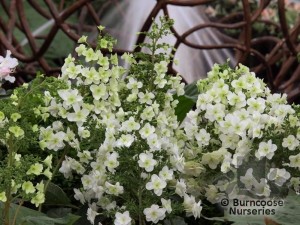
Hydrangea quercifolia ‘Snowflake’ above Red Linney has double florets and shows its autumn colour even in summer. A vigorous plant in the nursery at Burnoose it is a bit stunted and slow growing when planted out as you can see. Fifteen years and only three stalks. Two survivors from five planted in 2003.
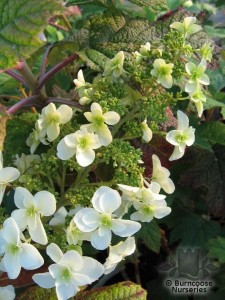
Hydrangea quercifolia ‘Snow Queen’ has large florets which should show pink tinges later. More vigorous aged 25 years than ‘Snowflake’ and is said to hold its flower trusses better. However, on Hovel Cart Road, the plants are much larger (four to five feet) but no flowers today as too shady. One plant above the greenhouse flowering properly.
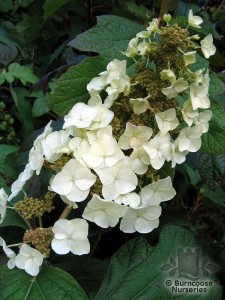
Hydrangea quercifolia (pure) has single and more open flowers than its named clones. Two plants survive of five planted above Red Linney. It normally flowers later in the summer but is in full sun here on a hot dry bank.
1966 – FJW
Earth tremor felt at 3 am.
I leant this book to the Bishop of Truro to do some notes on Father [obituary] and only just back. Michelias during this period flowered well 4 in all – Engine House and bottom of Donkey Shoe. Also by Mr Rogers quarry and all forms. The various white Fortunei hybrid beginning to be good and the Auriculatum x and other pinks are now at their best – fuchsias just beginning to be good.
Just one or two Lapagerias open. Tea roses are good considering that it is their first year. Lilium longiflorum open.




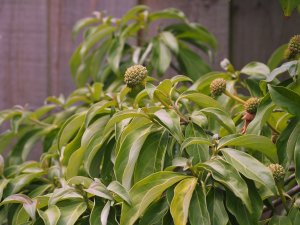
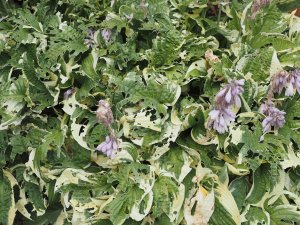
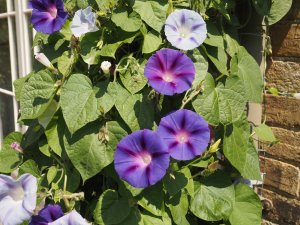
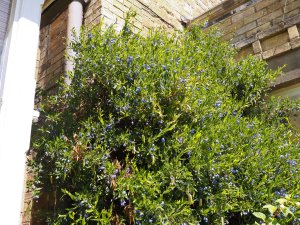

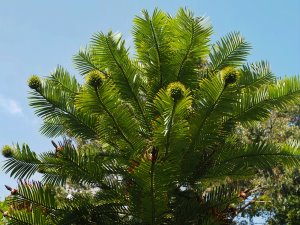

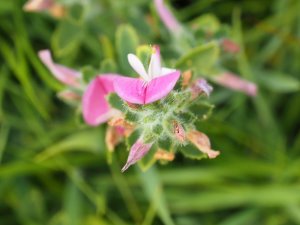
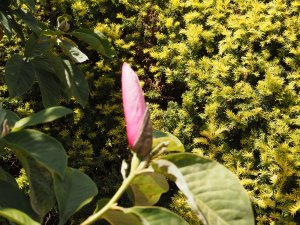
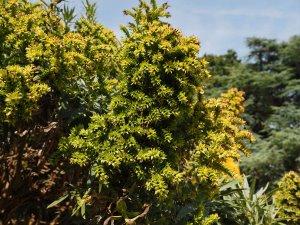
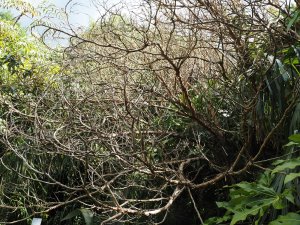
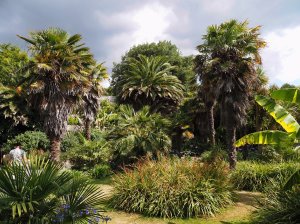
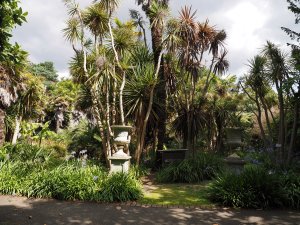
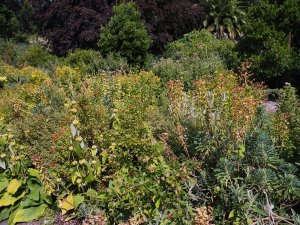
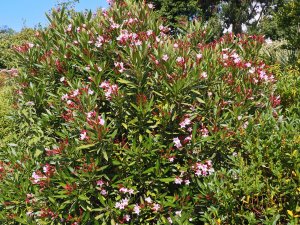
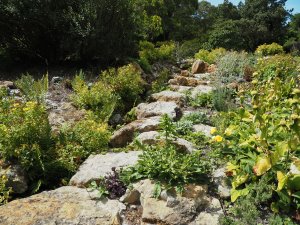
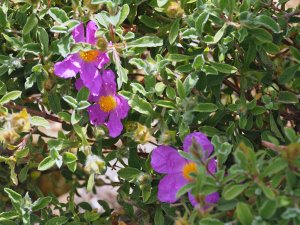
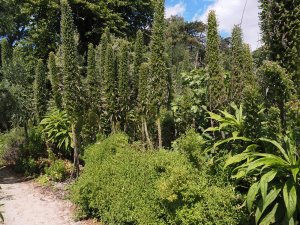
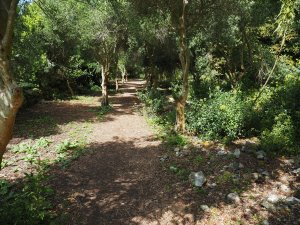
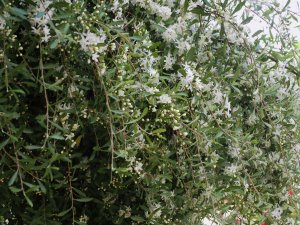
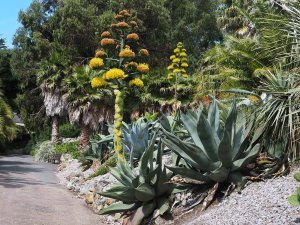
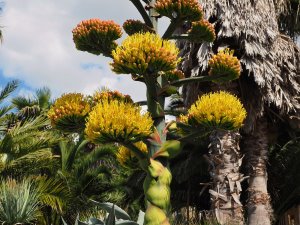
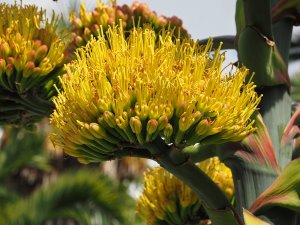
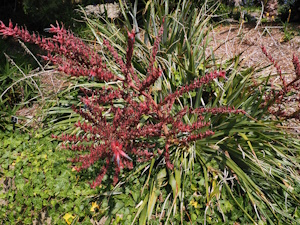
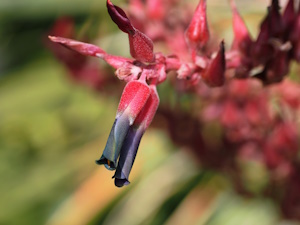
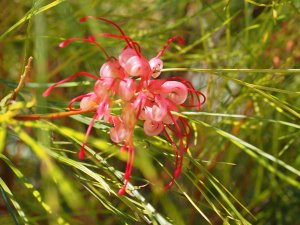
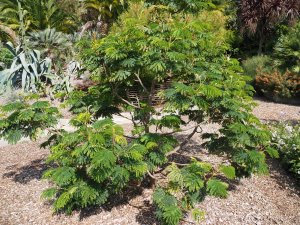
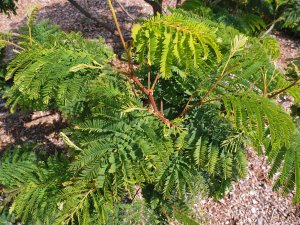
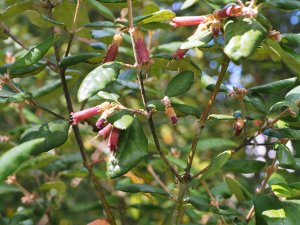
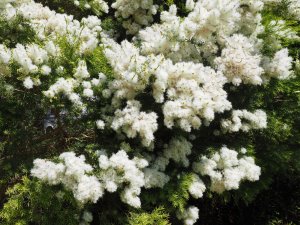
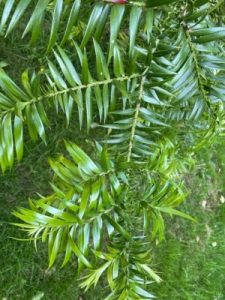
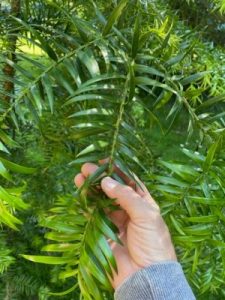
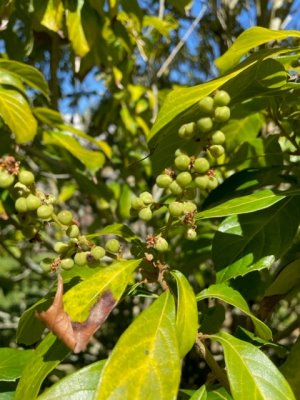
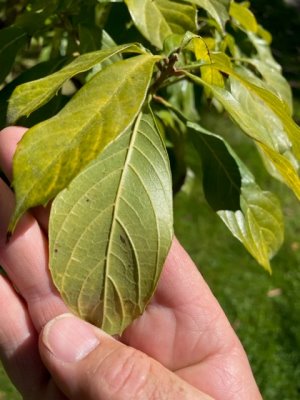
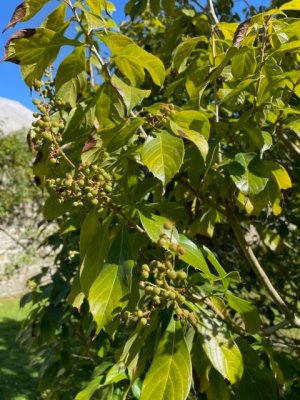
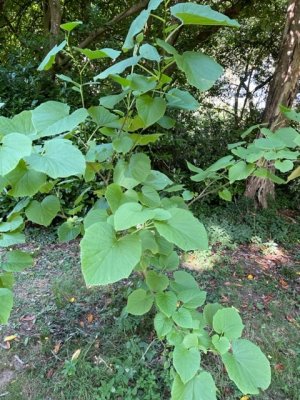
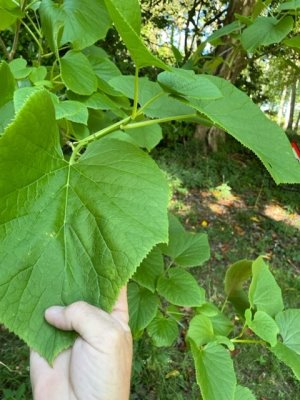
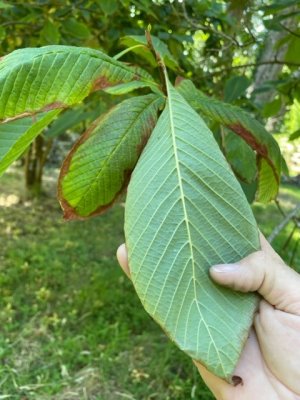
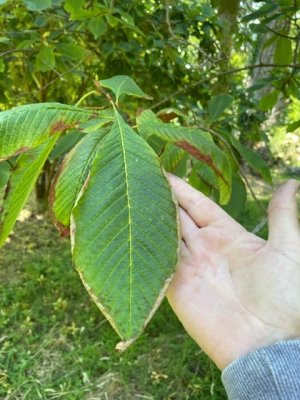
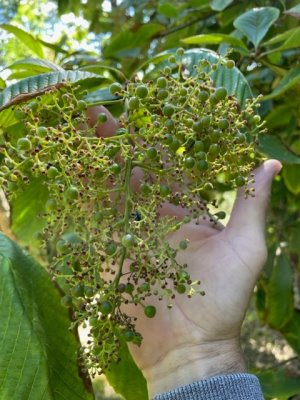
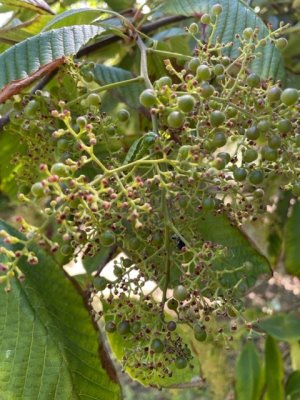
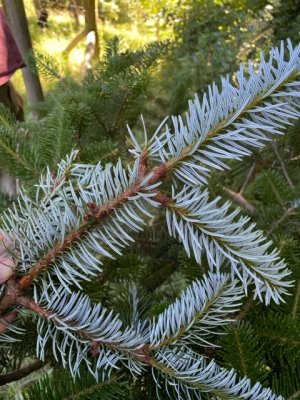
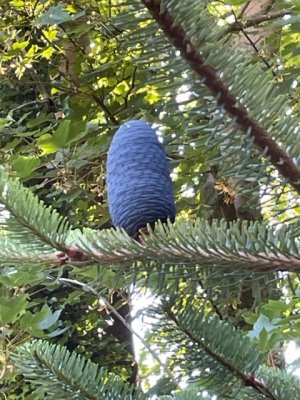
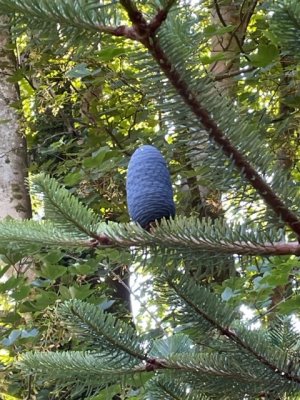
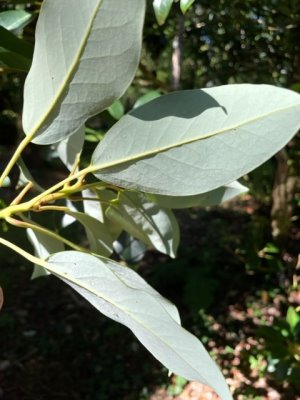
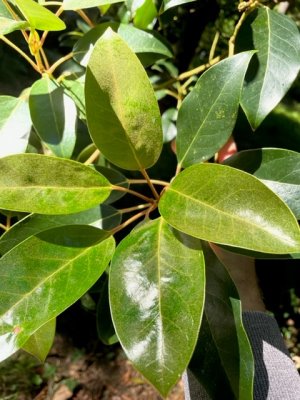
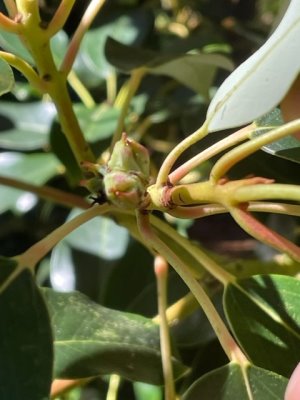
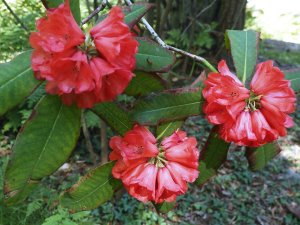
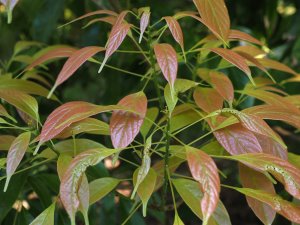
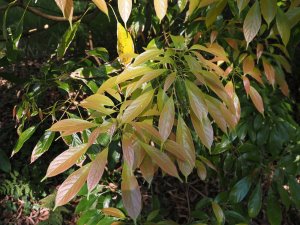
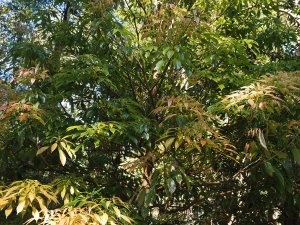
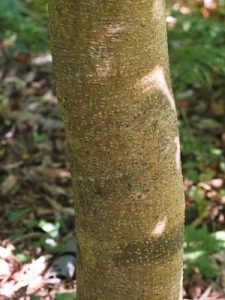

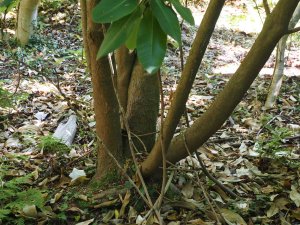
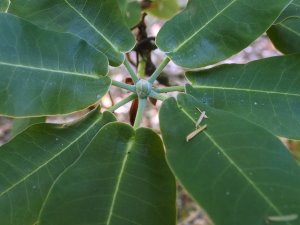
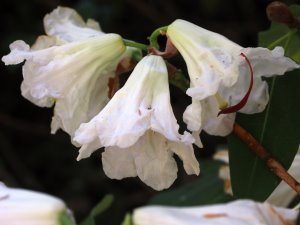
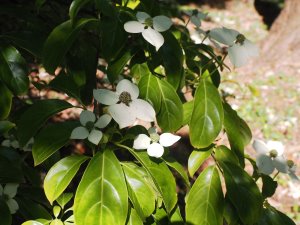
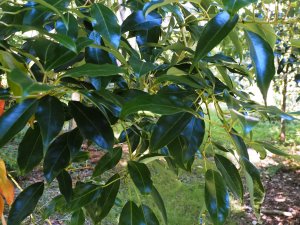
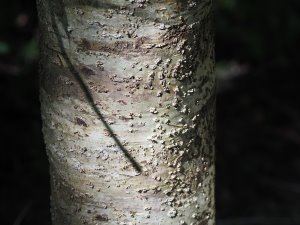
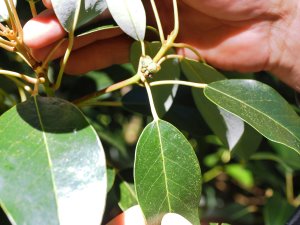
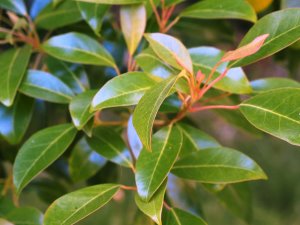
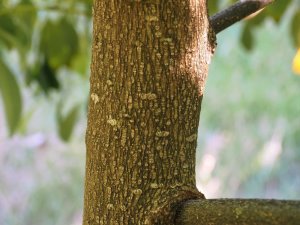
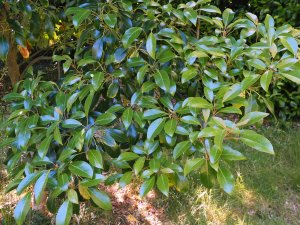
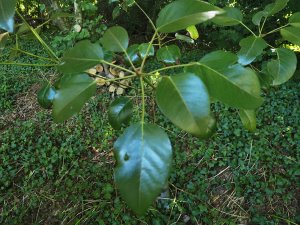
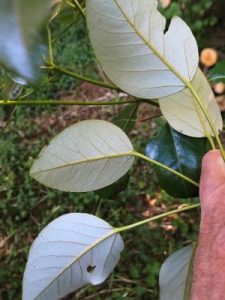
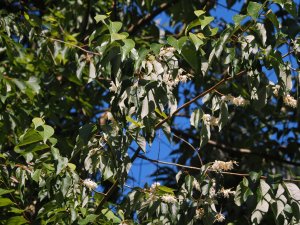
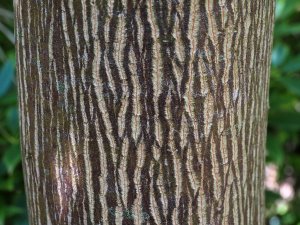
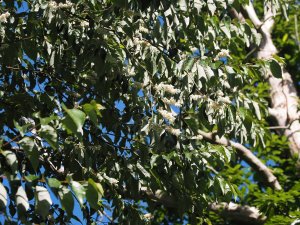
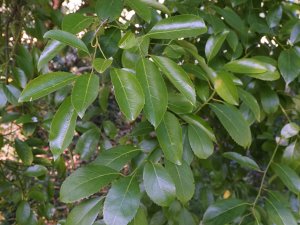
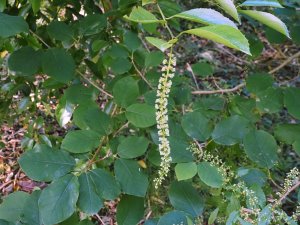
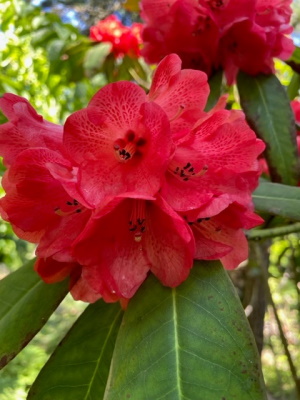
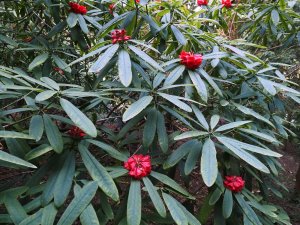
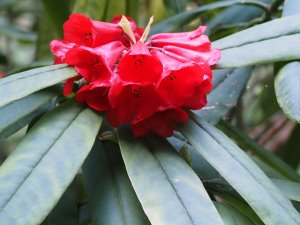
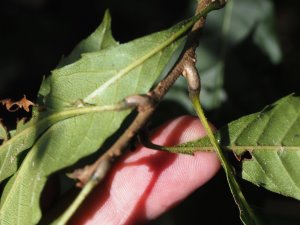
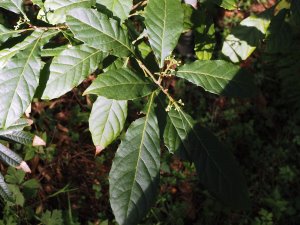

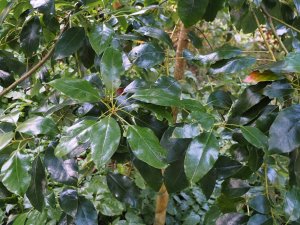
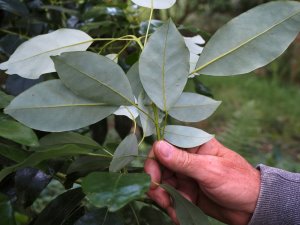
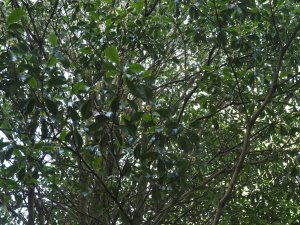
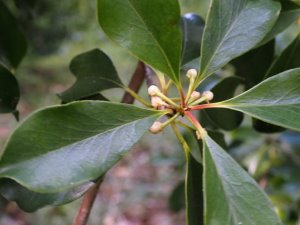
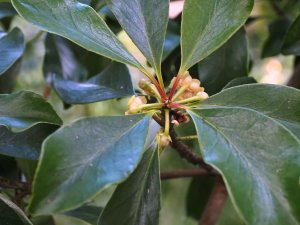
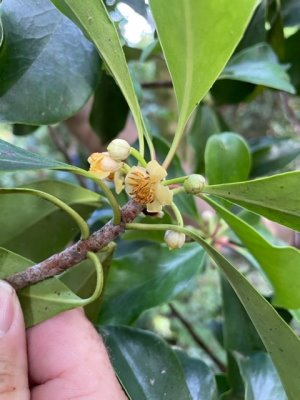
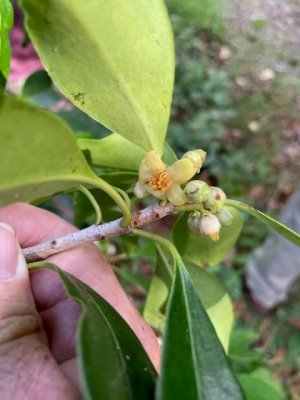
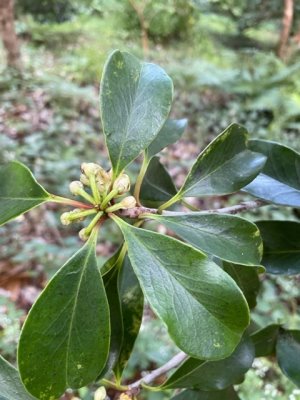
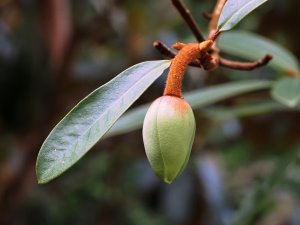
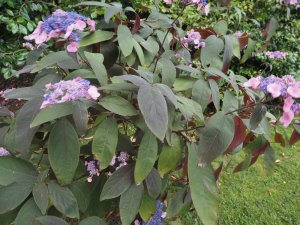
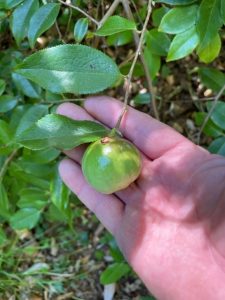
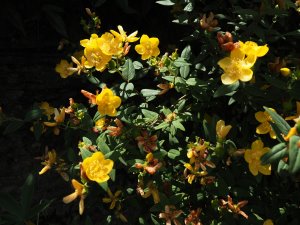
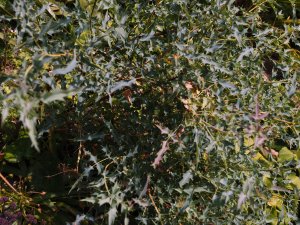
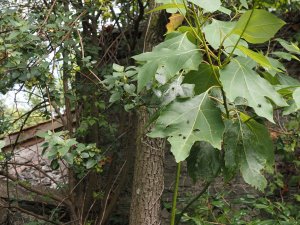
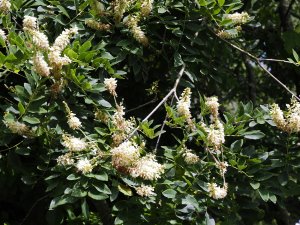
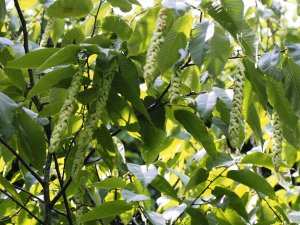
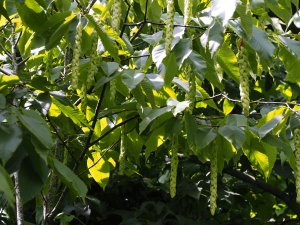
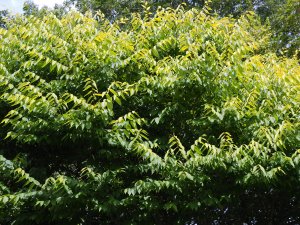
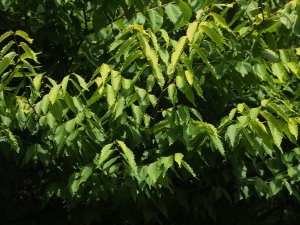
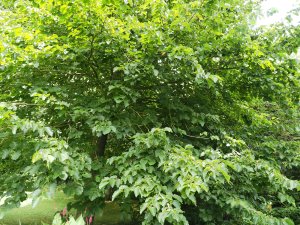
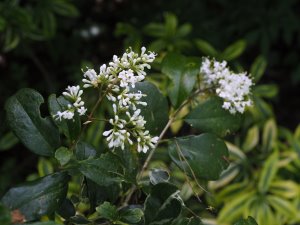
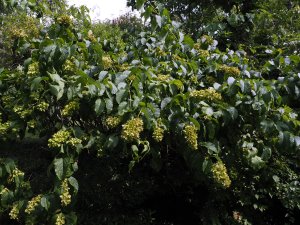
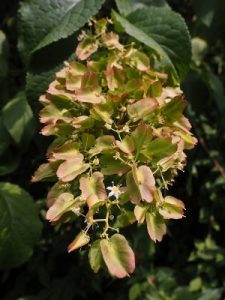
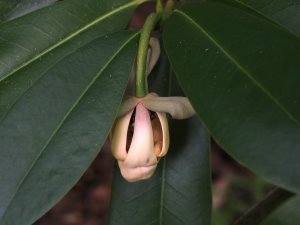
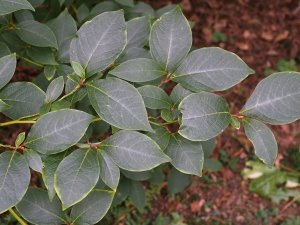
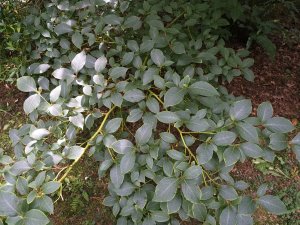
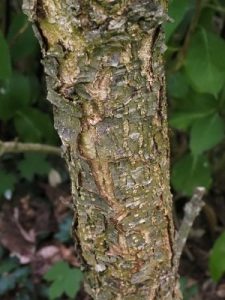
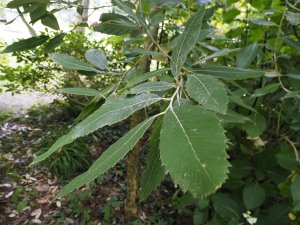
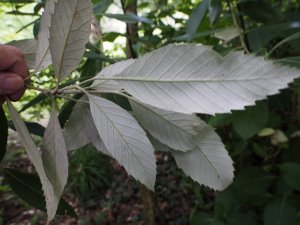
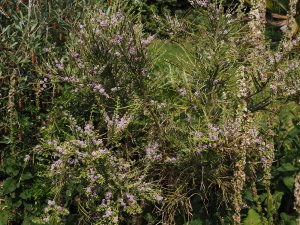
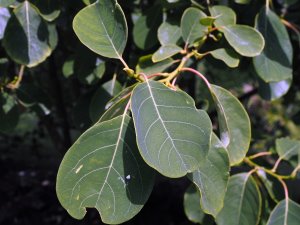
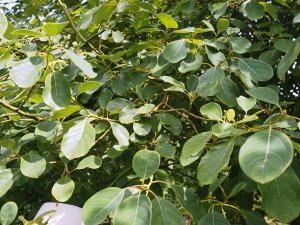
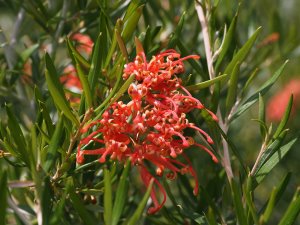
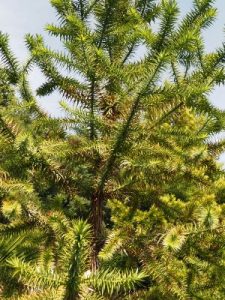
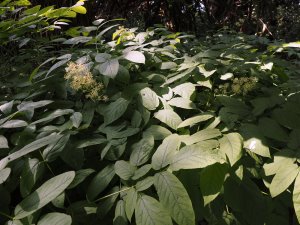
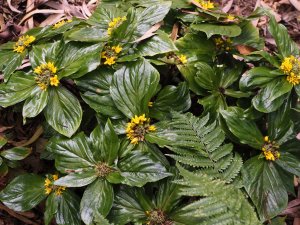
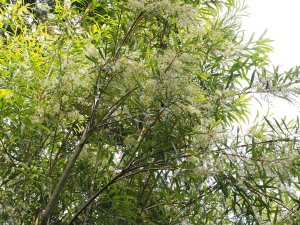
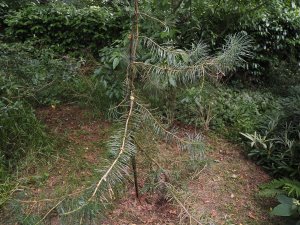
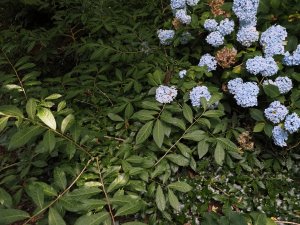
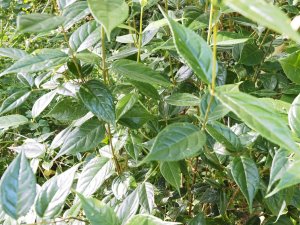
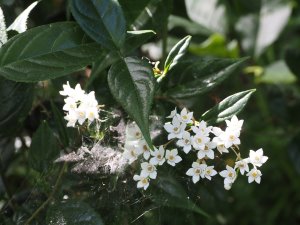
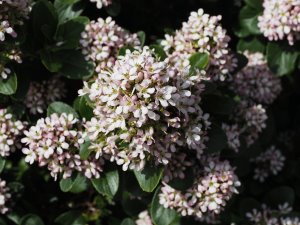
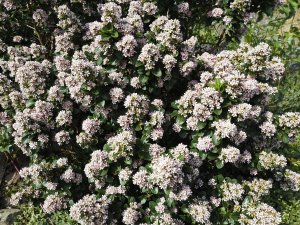
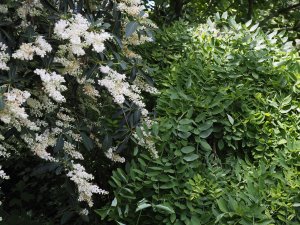
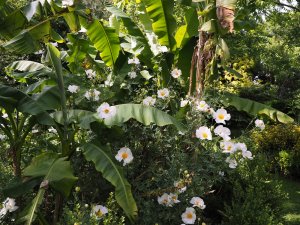
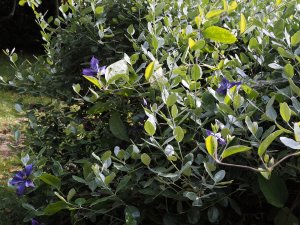
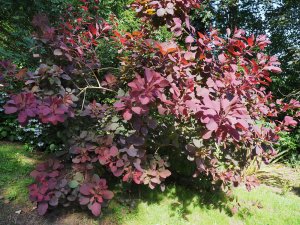
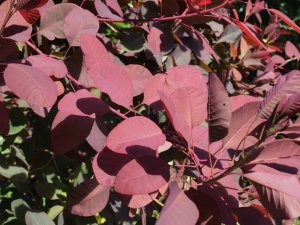

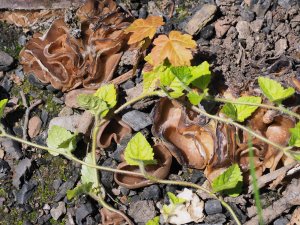
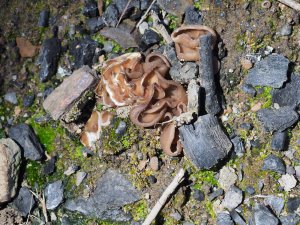

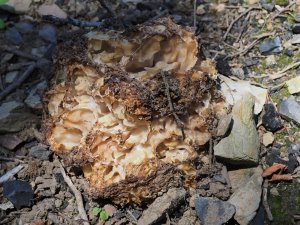
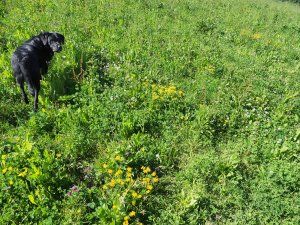


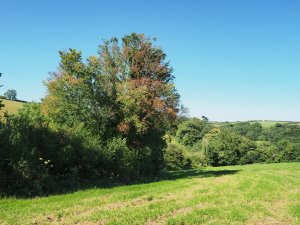
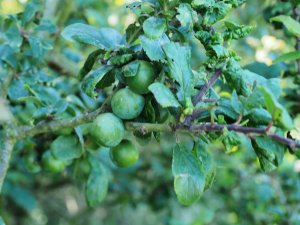
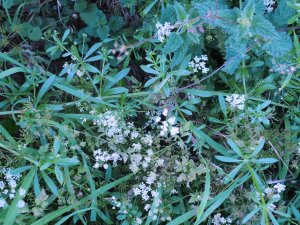
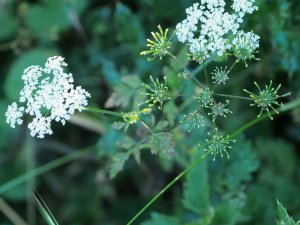
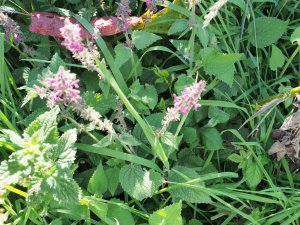
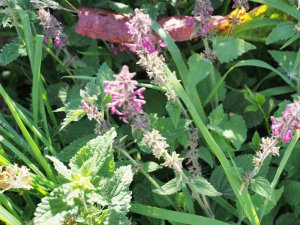
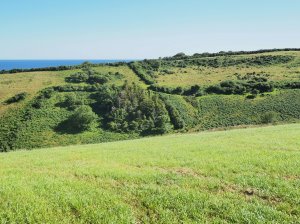

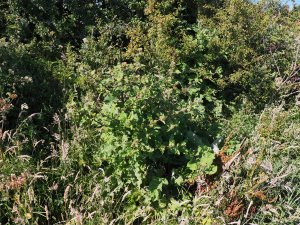
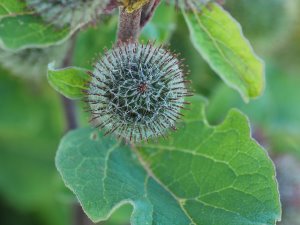
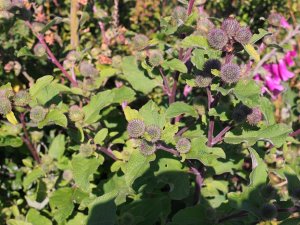
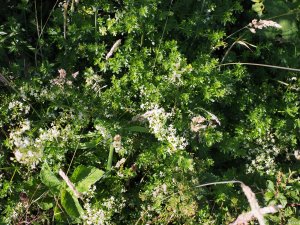
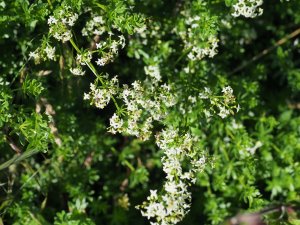
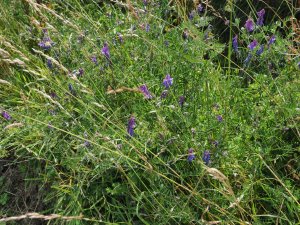

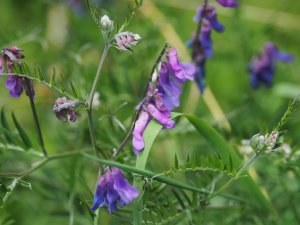
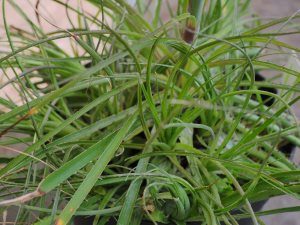
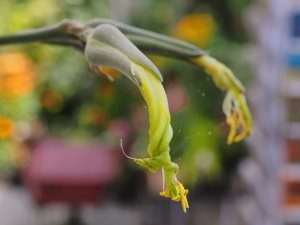
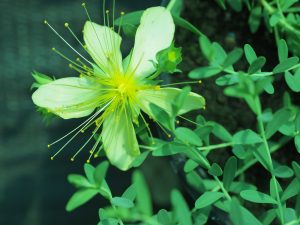
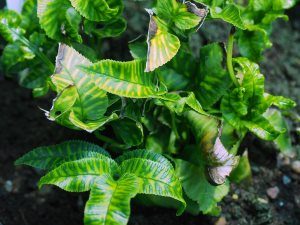
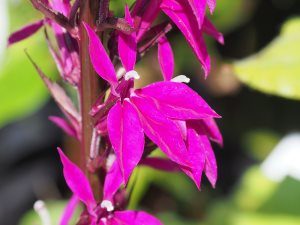
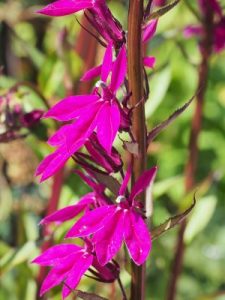
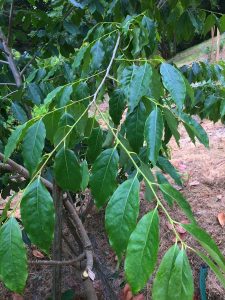
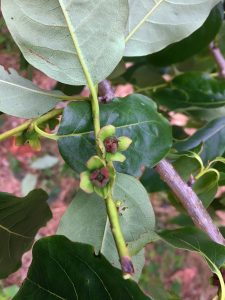
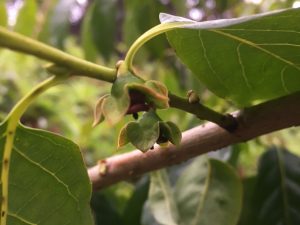
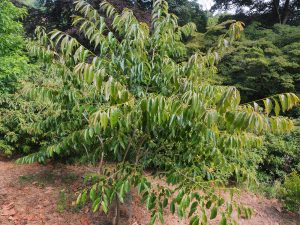
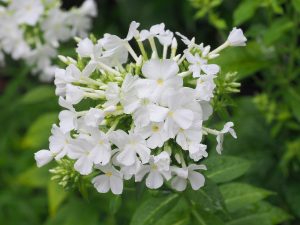
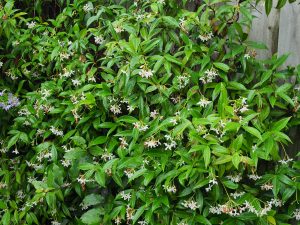
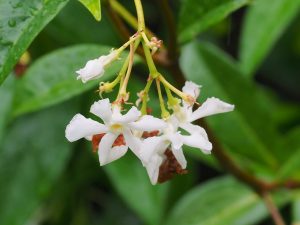
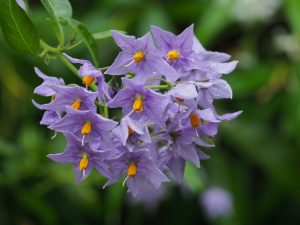
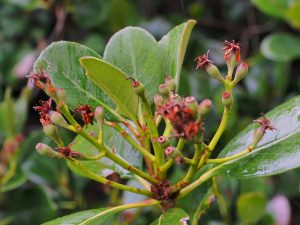

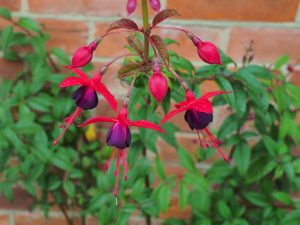
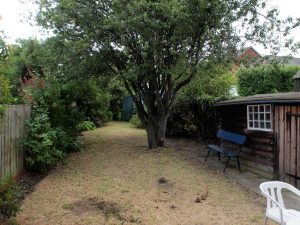
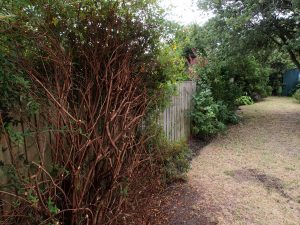
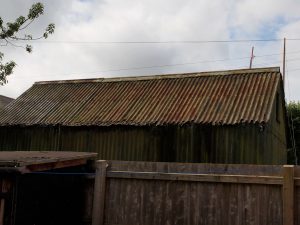
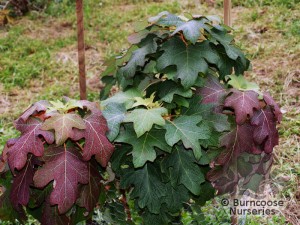
It’s good to see that Ventnor BG has been tidied up; Paraserianthes (formerly Albizzia) lophantha is well tamed here, normaly tall growing and weedy with much seedlings. ’22 The two Meliosma sp., pungens & cuneifolia, are early setting seeds in this hot year. I wonder wether the yellowing and drying margins are caused by salinity of the soil. ’21 Zelkovas and Corylus colurna are useful, quite drought resistant trees. Read Quercus leucotrichocarpa, an oak from the Himalaya growing together with Rhodo. arboreum. The Lysimachia is probably paridiformis, which means it’s similar to Paris (the plant, genitive paridi). Lomatiae and Cathaya are both rarely seen, but hardy and easy to care plants. Read Styphnolobium j. (Sophora) and (’17)Rhaphiolepis. ’18 Asimina (sic) flowers late, maybee fruits can still ripe; only cultivars (‘sunflower’ etc.) have delicious fruits, the ‘Indian Banana’, but full of seeds, which don’t keep well.